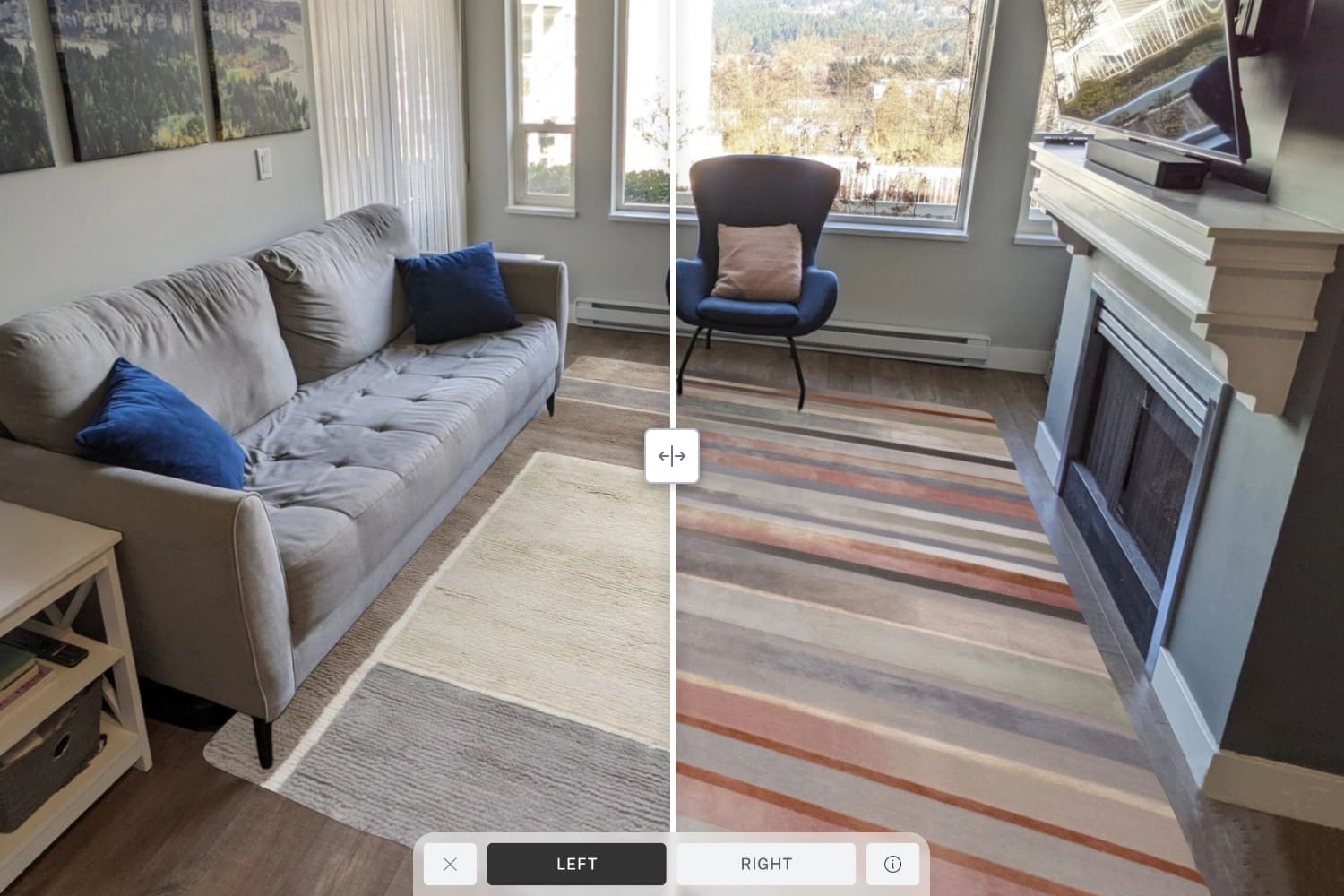The Contract Flooring Journal (CFJ) is widely recognized as offering the most authoritative coverage of all sectors of the UK flooring industry. In his eight years as editor, David Strydom has gleaned insight from every flooring sector, from multinational contractors and family-owned businesses to major manufacturers and independent architects.
Few people have a better understanding of the UK flooring industry, so I was excited to sit down with David and get his take on the burning issues: how the industry is faring, what challenges it’s facing, and how manufacturers can build stronger relationships with contractors. Here’s what I learned.
What state is the UK flooring industry in, and where is it headed?
A lot of people thought flooring would be hit hard by the pandemic, but it’s proven to be almost bulletproof. Especially in the residential sector, the flooring industry has bounced back brilliantly, with floor layers and flooring products in great demand. Homeowners had saved so much money during the pandemic, and suddenly they wanted to spend that money on home improvements.
But there are challenges too. Compounded by the war in Ukraine, we initially saw a scarcity of raw materials and a bottleneck in supply, which has had a lingering effect on material prices.
What other challenges is the UK flooring industry facing?
Of all the issues that I speak to contractors about, skilled labour shortages are the number one worry. A lot of veterans are starting to retire, and many young people today just don’t see the flooring industry as an inviting career. You can go into schools and talk about a career in flooring, but it just doesn’t have the same attraction as some of the other career paths on offer.
The industry has put a lot of effort into presenting flooring as a more attractive option to young people. As well as that, governments need to offer more apprenticeship opportunities to get people into the trade.
How can manufacturers build strong relationships with contractors?
Many contractors have long-established relationships with manufacturers, and trust is all-important. One factor that inflationary pressure has highlighted is the need for manufacturers to be transparent with contractors at all times. For instance, if manufacturers are raising the prices of their products, they need to be honest about the reasons why.
Earlier this year, I wrote about a contractor who discovered that one of their carpet tile suppliers had artificially raised their prices and blamed it on inflation. When the contractor found out, it did real damage to their relationship.
How can room visualization help manufacturers build new relationships with contractors?
Visualizers are a true unique selling point (USP) for manufacturers. Having a room visualization platform gives them a status boost and really helps set them apart from their competitors.
Contractors can go through all the manufacturer’s products and see what works in different environments. Rather than just imagining how products will look, contractors can upload a photo of their installations and visualize the flooring in place immediately. Contractors can also share the visualization with their clients to show them how the finished project will look.
Every year I speak to more and more businesses using room visualization. It’s definitely the way forward.
What benefits does room visualization have for domestic contractors?
Room visualization is a great way for domestic contractors to make products come to life for the end consumer, instead of asking them to rely on their imaginations. If a contractor came to my house, took a picture of my room and showed me exactly how my new flooring would look in my home, I would be much more likely to purchase.
What consumer trends are you seeing in UK flooring? Are any particular materials or colours popular right now?
In terms of colour, cream, beige and champagne continue to be popular for upmarket residential projects. But we’re also seeing a shift towards more colour variation, especially greens and blues, and a slight shift away from the ever-popular grey towards warmer tones.
As for materials, LVT herringbone continues to be popular for its looks and longevity. Linoleum and rubber retain their niche places in the market too.
Carpet tiles are an interesting one, as they are usually the material of choice for offices. We thought carpet tiles would take a hit during and after the pandemic, when so many people were working from home and it looked as though offices were becoming redundant. But the market has survived and thrived. In terms of style, some commercial clients are looking for quieter designs and patterns. Also coming into vogue are multi-directional, biophilic designs that are more in touch with nature. For residential carpet, we’re seeing a trend in textured and distressed — and wool is back on trend.
Is sustainability a big focus for the flooring industry?
It definitely is for many manufacturers. It’s in a brand’s interest to deliver more sustainable products and market themselves based on that, especially when they’re dealing directly with the consumer.
It’s not always so straightforward with some contractors, particularly those facing financial restraints. They have less capacity to prioritize sustainability but many are gradually coming around to the benefits of sustainable practices. Eco-friendly products are sometimes assumed to be more expensive, so the motivation to be sustainable is lower. I’m not normally in favour of tougher government regulations, but they sometimes work in shepherding businesses towards more sustainable business practices.






